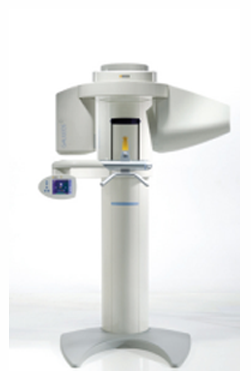History shows us that ancient cultures have regarded the tongue as an indication of oral or overall health. While this remains a topic of debate, it’s something to consider, as most people have likely examined their tongue in the mirror a few times. Here are some things that may be interesting to know about the tongue and your health.
A note about this concept
In Ayurvedic medicine, the health of the tongue is an indicator for whole-body health. The practice of tongue scraping has been performed for centuries in cultures around the world but is considered an ancient Ayurvedic practice. Today, with modern advances in medicine, we now understand what these indications may mean.
An indication of health
Different indicators are known to share different aspects of your health. Redness on the other hand can mean a deficiency In folic acid, B12, or iron as well as potentially indicate fever or strep throat. A webbed or striped look can mean you have oral lichen planus, caused by your immune system attacking your cells. Bumps along the tongue indicate canker sores and herpes commonly known as cold sores. White patches mean there may be an overgrowth of candida, a yeast that is treatable with an anti-fungal rinse or pill. If your tongue is black and hairy-looking, it may indicate diabetes, yeast infection, poor oral hygiene or the result of cancer therapies. Red and white spots mark areas where your taste buds have naturally worn, but this is common.
If you are worried about the health indications your tongue may express, consult your dentist to better understand what may be going on, and find solutions for our oral healthcare.
To schedule an appointment, or discuss any concerns you may have, call us at 702-735-2755 or visit us online at www.patricksimonedds.com today.
Dr. Patrick Simone proudly serves patients from Henderson and all surrounding areas.



